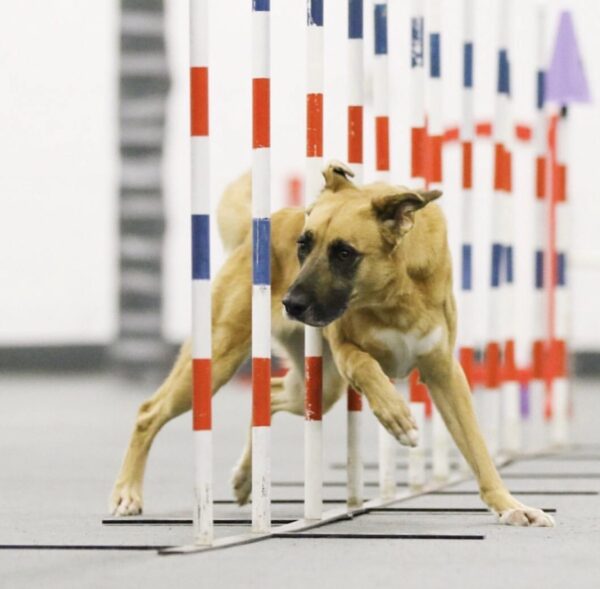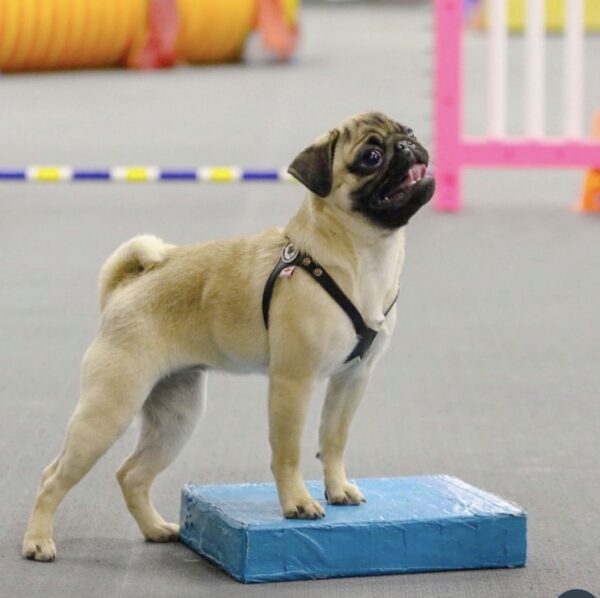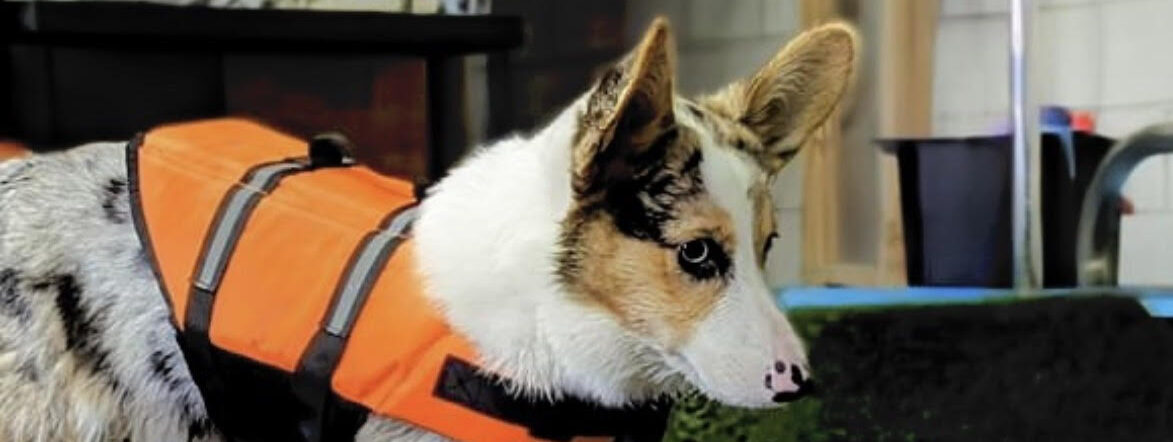Understand the Basics of Agility
Dog agility is more than just a sport—it’s a joyful dance of teamwork and trust between you and your dog. Together, you’ll navigate a thrilling obstacle course featuring tunnels, weave poles, jumps, teeter-totters, and A-frames, all within a set time limit. Each course is a new adventure, with 14-20 challenges that test your bond and communication in the most rewarding ways.
Because agility involves a lot of physical activity, it’s important to wait until your dog is fully grown—typically around 12-18 months, depending on the breed—before diving into the sport. But the journey starts long before then! Foundational training can begin early, building confidence, focus, and the skills your dog needs to succeed.
This incredible sport was born in 1970s England, debuting as a demonstration at the 1978 Crufts dog show. It captivated hearts and quickly grew into an official sport in the UK. Today, agility has become one of the most beloved dog sports across the globe.
 Agility strengthens the connection between you and your dog like nothing else can. It’s a blend of mental sharpness, physical fitness, and the pure joy of working together. It’s not just about completing obstacles—it’s about celebrating the unique bond you share.
Agility strengthens the connection between you and your dog like nothing else can. It’s a blend of mental sharpness, physical fitness, and the pure joy of working together. It’s not just about completing obstacles—it’s about celebrating the unique bond you share.

Our Agility Training Programs:
From “Puppy Agility Foundations” to advanced master-level courses, our agility programs are designed to meet every dog where they are. Using positive reinforcement, we create a supportive and engaging environment that makes learning fun for both you and your dog. Whether you’re just beginning or chasing the thrill of competition, our goal is to help you and your dog thrive together while sharing an unforgettable experience.
Puppy Agility Foundations
This six-week course is open to puppies under six months old and serves as an early enrichment program. It’s designed to boost your pup’s trained skills and physical confidence while enhancing your relationship. The course is safe for young puppies, introducing them to “pint-sized” equipment, crate training, focus, impulse control, and confidence-building around new experiences.
Requirements
If you have not taken any group training classes before, we recommend starting with:
- First Paw Forward (Puppy Level 1 Obedience)
Beginner Agility Foundations
This six-week foundation skills class prepares the dog and handler for the sport of agility. We require that you and your dog have successfully completed at least one level of obedience training taught through positive reinforcement methods within a group class setting.
sport of agility. We require that you and your dog have successfully completed at least one level of obedience training taught through positive reinforcement methods within a group class setting.
Course Content:
In this foundational class, your dog will be taught:
- Foot targeting
- Nose touch targeting
- Introduction to basic agility equipment
You will learn about positive training processes and the use of body language, crucial for handling basics and essential for success as a team when moving to the next level.
Requirements
If you have not taken any group training classes before, we recommend starting with:
- Never Too Late (Level 1 Obedience)
- Coming Back for More (Level 2 Obedience)
Both of these classes develop the skills needed for success in agility. It is highly recommended to complete our obedience classes before beginning our agility program.
In this level, preparation begins for the contact obstacles such as the teeter, dog walk, and A-frame. The nose-touch targeting behavior introduced in Level 1 is systematically applied to the dog walk and A-frame, while various aspects of the teeter totter performance are introduced. Throughout the class, dogs and handlers will rotate between stations, maximizing training time for each team. Teams will start building short sequences involving tunnels and jumps, deepening their understanding of navigating courses together. Good handler attention is crucial at this stage, as dogs will be working on the floor simultaneously throughout the arena
Beginner Agility (Level 3)
Level 3 students have commenced training on contact obstacles including the teeter, dog walk, and A-frame. The nose-touch targeting behavior introduced in Level 1 is now being systematically applied to the dog walk and A-frame, with additional elements of the teeter totter performance being introduced. Throughout the class, dogs and handlers will move between stations to maximize training opportunities for each team. Teams will begin constructing short sequences involving tunnels and jumps, enhancing their ability to navigate courses together. Good handler attention is essential at this level, as dogs will be working on the floor simultaneously throughout the arena.
This program is suited to dog and handler teams that are able to successfully run sequences of 12 – 18 obstacles. Course sequences will be at the starter and advanced level and may include all obstacles. Weaves and teeter may be modified to accommodate dogs still needing to complete their training on these obstacles.
This program is designed for dog and handler teams capable of successfully navigating sequences of 12 to 18 obstacles. Course sequences will range from starter to advanced levels and may encompass all obstacles. Adjustments may be made for weaves and the teeter to accommodate dogs still in training on these specific obstacles.
When a team has achieved proficiency across all equipment, they are eligible for an advanced class. We offer multiple classes at this level, tailored to different levels of experience and skill. In our advanced agility classes, we utilize stations to facilitate practice of diverse and increasingly complex patterns and sequences. This approach enhances the dog’s comprehension of handler signals. After rotating through stations, teams tackle longer courses designed to simulate competition settings. This setup allows participants to refine course memorization skills and teaches dogs to maintain focus and endurance throughout an entire course. Across all our programs, we emphasize fostering the dog-handler relationship and building camaraderie among participants.
